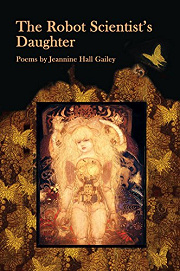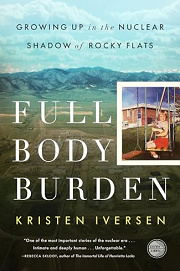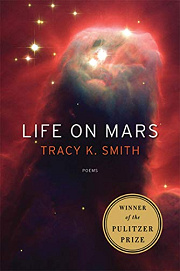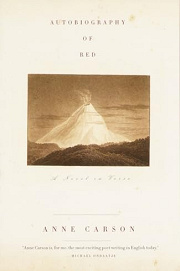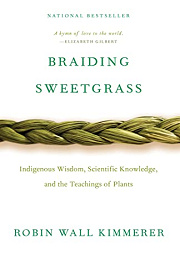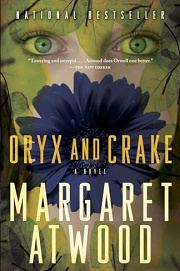Share your thoughts in a quick Shelf Talk!
The Robot Scientist’s Daughter by Jeannine Hall Gailey
Part family chronicle, part atomic-age ghost story, these poems trace a childhood shaped by science and fallout. The Robot Scientist’s Daughter blends myth, memory, and ecology into radiant, unsettling portraits of inheritance and transformation.
Have you read this book? Share what you liked (or didn’t), and we’ll use your answers to recommend your next favorite read!
Love The Robot Scientist’s Daughter but not sure what to read next?
These picks are popular with readers who enjoyed this book. Complete a quick Shelf Talk to get recommendations made just for you! Warning: possible spoilers for The Robot Scientist’s Daughter below.
In The Robot Scientist’s Daughter, did you enjoy ...
... a daughter’s intimate reckoning with nuclear industry secrets and environmental fallout?
Full Body Burden: Growing Up in the Nuclear Shadow of Rocky Flats by Kristen Iversen
If the Oak Ridge–rooted poems in The Robot Scientist’s Daughter—with their irradiated childhood landscapes and a father’s work inside a lab—hit home, you’ll be riveted by Full Body Burden. Iversen grew up next to the Rocky Flats plutonium plant, and her memoir braids family life with fires, cover‑ups, and contamination maps the way Gailey braids memory with isotopes and kudzu. You’ll find the same haunting blend of tenderness and alarm as she uncovers how a community was kept in the dark—echoing the book’s mix of wonder and dread at what science can do to a place and a girl’s body.
... a daughter’s search for self through cosmic imagery and a scientist father’s shadow?
Life on Mars by Tracy K. Smith
You connected with the speaker who grows up in Oak Ridge under a nuclear scientist father’s gaze; Life on Mars offers a resonant mirror. Smith elegizes her father, a NASA engineer, while reaching for galaxies, dark matter, and pop‑sci echoes—much like Gailey’s fusion of reactors and robots to parse identity. Poems such as “My God, It’s Full of Stars” hold the same tender, speculative awe you felt when the “robot daughter” persona looked past cooling towers toward the unknown, asking what kind of self is forged in the glow of science.
... myth remixed into a contemporary coming‑of‑age to refract trauma and tenderness?
Autobiography of Red by Anne Carson
If you loved how Gailey threads Persephone‑like underworlds and pop‑myth into Oak Ridge’s irradiated backdrop, Autobiography of Red will feel like a revelation. Carson recasts the Geryon myth as the life of a red‑winged boy navigating first love and harm—mythic heat and ash standing in for what can’t be said outright, much as the “robot daughter” persona masks the human cost of the lab and the landscape. The book’s luminous fragments capture that same charged fusion of fable and reality.
... lyrical, science‑infused vignettes that bind personal memory to damaged landscapes?
Braiding Sweetgrass by Robin Wall Kimmerer
The way The Robot Scientist’s Daughter moves in poem‑sized scenes—from creek beds near Oak Ridge to the hum of equipment—maps beautifully onto Kimmerer’s essay vignettes. A botanist and Potawatomi writer, she braids lab methods with stories like “Skywoman Falling” and “The Three Sisters,” offering the same intimate, restorative attention to place that Gailey gives her Appalachian woods and fallout fields. You’ll appreciate how brief, radiant chapters gather into a healing counterspell for environmental harm.
... a clear‑eyed reckoning with the moral costs of scientific ingenuity?
Oryx and Crake by Margaret Atwood
Gailey’s poems weigh the bright promise of the lab against Oak Ridge’s toxicity and secrecy; Oryx and Crake pushes that ethical tension to a devastating extreme. As Snowman remembers Crake’s gene‑splicing empire—pigoons, designer plagues, corporate labs—you’ll hear the echo of the book’s questions about what scientists owe to the living world and to their children. It’s the same moral pressure point, just turned from isotopes to biotech: what happens when brilliance outruns responsibility?
Unlock your personalized book recommendations! Just take a quick Shelf Talk for The Robot Scientist’s Daughter by Jeannine Hall Gailey. It’s only a few questions and takes less than a minute.
